
Olympus µ[mju:] Zoom at a Glance
The Olympus mju Zoom (also written Olympus µ[mju:] Zoom and known in some regions as the Olympus Stylus Zoom) is a classic 35mm point‑and‑shoot that keeps things simple and fun. Its hallmark is a clamshell, pocketable body that protects the lens and turns the camera on with a single flick. Inside you’ll find a Zuiko zoom lens—typically 35–70mm f/4.5–6.9, depending on version—paired with fully automatic loading, advance, and exposure.
Key features include a built‑in flash with multiple modes (auto, red‑eye reduction, and fill), active multi‑beam autofocus tuned for everyday scenes, and auto film handling. Power comes from one CR123A lithium cell, easy to source and long‑lasting in regular use. Some versions are splash‑resistant, great for light drizzle or beach walks. It’s an easy, timeless way to get 35mm texture without fuss—perfect for everyday carry and spontaneous moments.
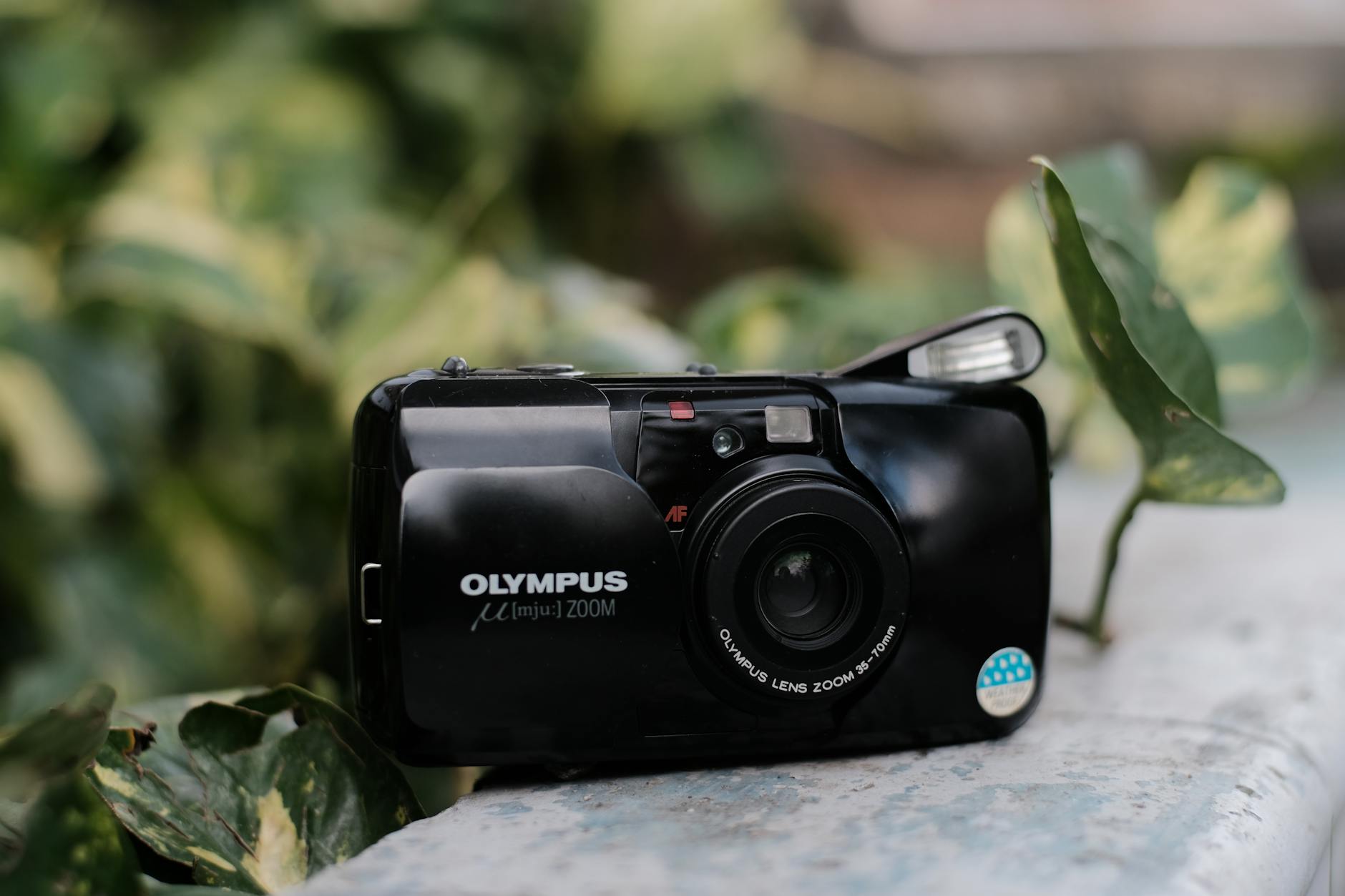
Why It Works for 2025 Creators
Film texture, zero friction
For creators who want authentic 35mm character with minimal setup, the Olympus mju Zoom delivers. The auto exposure and autofocus let you stay focused on the moment, while the compact body disappears into a jacket or small bag. It’s ideal for street, travel, or family life where the best images often happen between plans.
Flash for a punchy, nostalgic look
The on‑camera flash produces a crisp, direct look that feels unmistakably analog. It’s a reliable way to add a pop of contrast and that classic point‑and‑shoot aesthetic to portraits, nightlife, or editorial experiments—especially when paired with color negative or bold black‑and‑white films.
Digital‑friendly workflow
Shoot, develop, and scan: the mju Zoom folds neatly into modern content pipelines. You can scan at home or use a lab, then mix negatives into video, zines, and social posts. If you’re browsing our wider range of Point‑and‑shoot cameras, this model is a safe, approachable entry point.
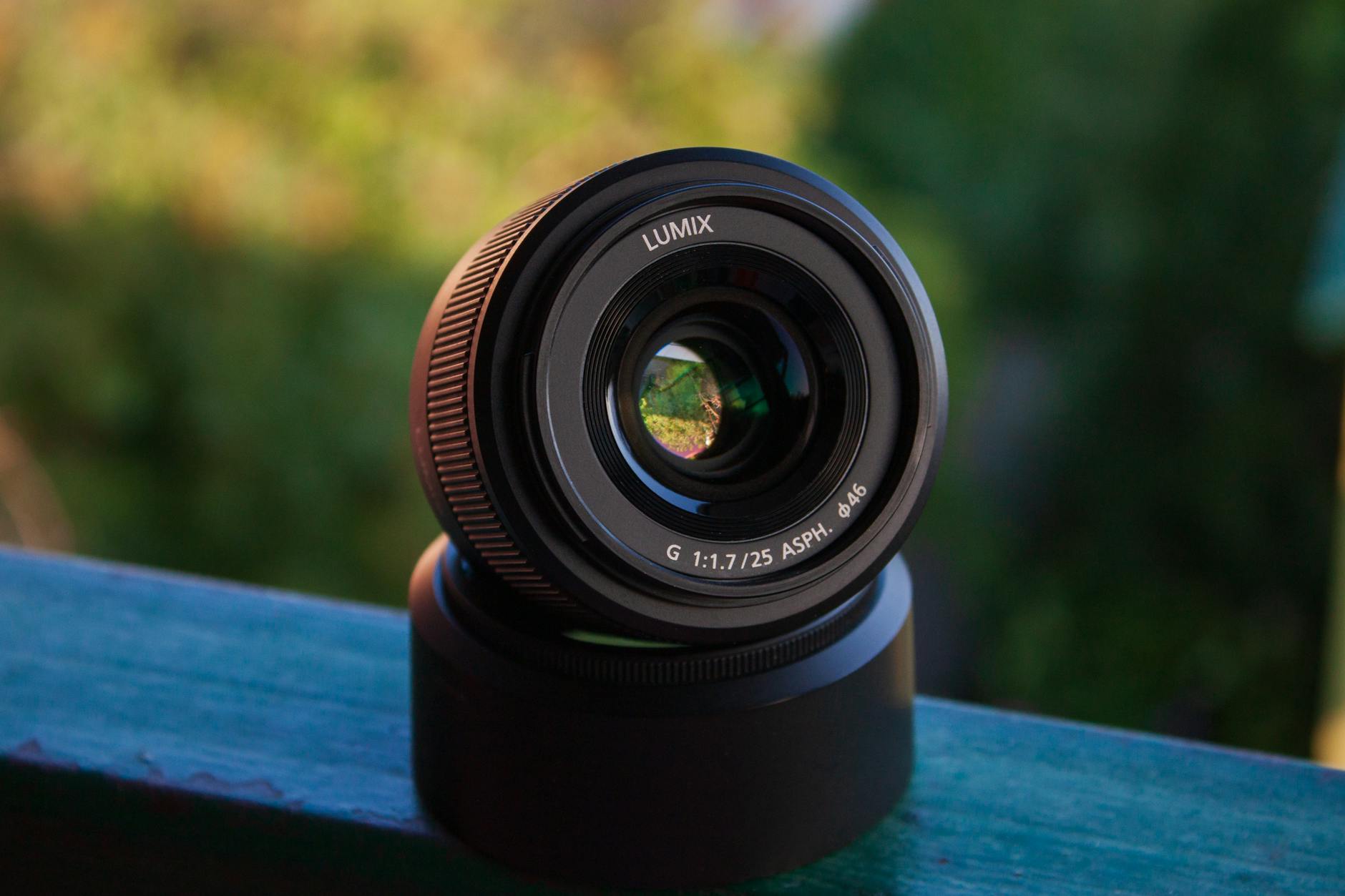
Creative Ways to Use the mju Zoom
- Street and candid photography with discreet operation and fast startup
- Travel journaling when you want film without bulk
- Mixed‑media projects: scan negatives for video, zines, and social posts
- Fashion/editorial looks with direct flash and compact portability
- Experiment with expired film; the forgiving auto exposure keeps results usable
I slipped the Olympus mju Zoom into my jacket, the clamshell flicked open as I crossed the street. A burst of flash cut through the dusk—one click—and the scene turned graphic: a crisp face, rain dots hanging like glitter. A moment I would’ve missed if I’d hesitated.
Setup, Accessories, and Film Choices
Power and readiness
The Olympus mju Zoom uses one CR123A battery. Pop it in, close the door, and the camera is ready to load and advance film automatically. For long‑term storage, remove the CR123A to keep the contacts clean and preserve charge. If you shoot lots with flash or in cold weather, it’s smart to keep a spare—search terms like “CR123A Olympus mju Zoom” are your friend.
Carry and handling
Attach the wrist strap for security and one‑handed shooting. The clamshell door both protects the lens and prevents accidental shots in your bag. Avoid moisture and sand to keep the clamshell mechanism smooth.
Film picks
- Everyday color: ISO 400 color negative is the flexible, all‑round choice.
- Bright days: ISO 200 for outdoor sun and higher contrast scenes.
- Black & white: pairs beautifully with direct flash for graphic contrast.
- Expired stock: try it for texture; the auto exposure is forgiving. Metering may favor midtones, so expect characterful shifts.
Scanning workflow
To speed up your 2025 workflow, consider a straightforward home scanning setup and keep a consistent color profile across projects. If you prefer going fully digital on some shoots, explore our Digital compact cameras collection to complement your film work.


Second‑Hand Buying Checklist
When shopping for an Olympus mju Zoom second hand, inspect core functions and cosmetic condition. Common issues to watch for include a sluggish zoom or a non‑responsive shutter. A quick in‑hand test with a fresh battery tells you a lot.
- Zoom mechanism extends/retracts smoothly without grinding
- Clamshell door snaps open/closed consistently
- Flash charges and fires across modes
- Autofocus confirms (listen/indicator) and shutter responds
- Lens: check for haze, fungus, scratches while zooming
- Viewfinder: clear, no haze or mold
- Battery compartment: clean, no corrosion
- Light seals: verify no residue or crumbling foam
- Film advance/rewind sounds normal; no errors
- Exterior: minimal cracks; buttons and latches intact
Need a hand? We’re happy to provide a quick condition report or sample test shots before you decide.

Care and Reliability Tips
Keep it clean and dry
Store the camera in a dry place and avoid moisture and sand to protect the clamshell and lens. Some versions are splash‑resistant, but treat that as weather‑resistant, not waterproof. Avoid heavy rain and never submerge.
Exercise the mechanisms
Power the camera occasionally, run the zoom through its range, and fire the shutter to keep the mechanisms limber. Don’t force the lens or door—let the camera finish each movement before turning it off or changing modes.
Battery care
Wipe the battery cap and contacts if needed. Remove the CR123A during long storage to prevent leakage and extend life. A small pouch or case prevents scuffs in bags or pockets.
Quick Start: Shooting with Confidence
- Load a 35mm roll and close the back—the mju Zoom auto‑loads and advances.
- Set your preferred flash mode before shooting (auto, red‑eye, or fill).
- Half‑press to focus; wait for confirmation, then fully press to expose.
- Use the zoom thoughtfully: wide for context, tele for tighter framing.
- Finish the roll; the camera rewinds automatically. Then develop and scan.
That’s it—film fun with zero fuss. If you’re hunting for an Olympus mju Zoom 35mm point‑and‑shoot today, you’ll find it a reliable partner for daily carry and creative play. It’s an approachable tool with an aesthetic that’s hard to fake.

Quick answers
- Battery: one CR123A lithium cell. Battery life depends on flash use and temperature. Remove it for long‑term storage.
- Manual controls: exposure and focus are automatic; you choose flash modes and framing with the zoom.
- Weather: some versions are splash‑resistant—treat as weather‑resistant, not waterproof.
- Film speeds: ISO 400 is versatile; ISO 200 suits bright days. Black‑and‑white and expired films are great for creative effects.
Ready to try one?





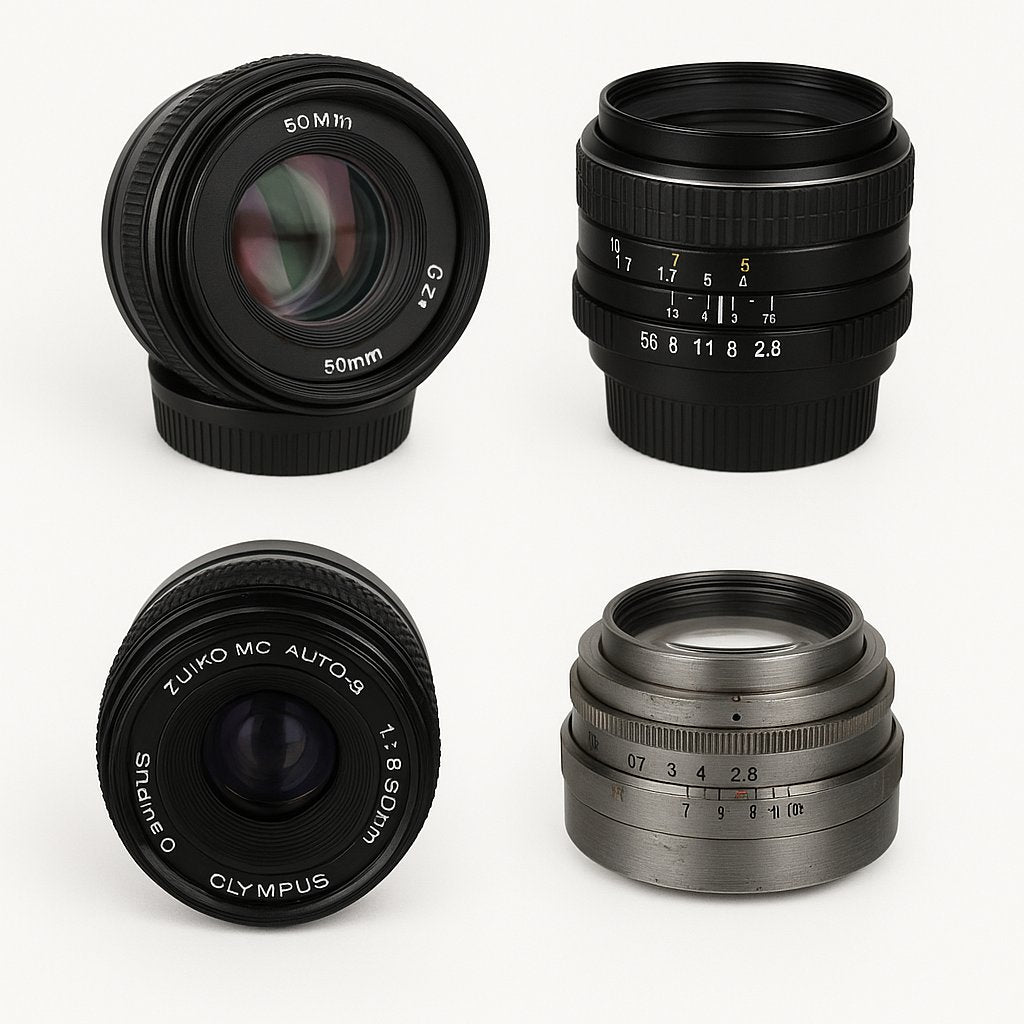
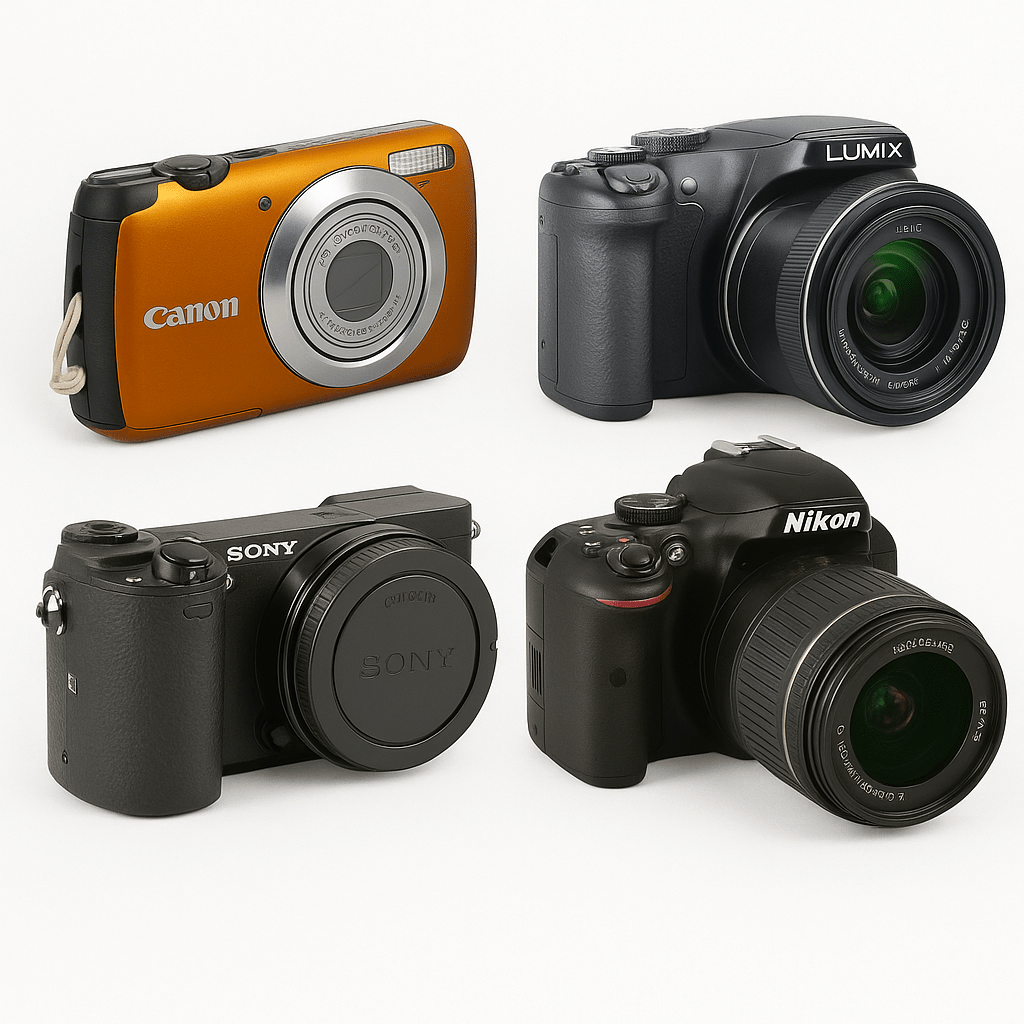

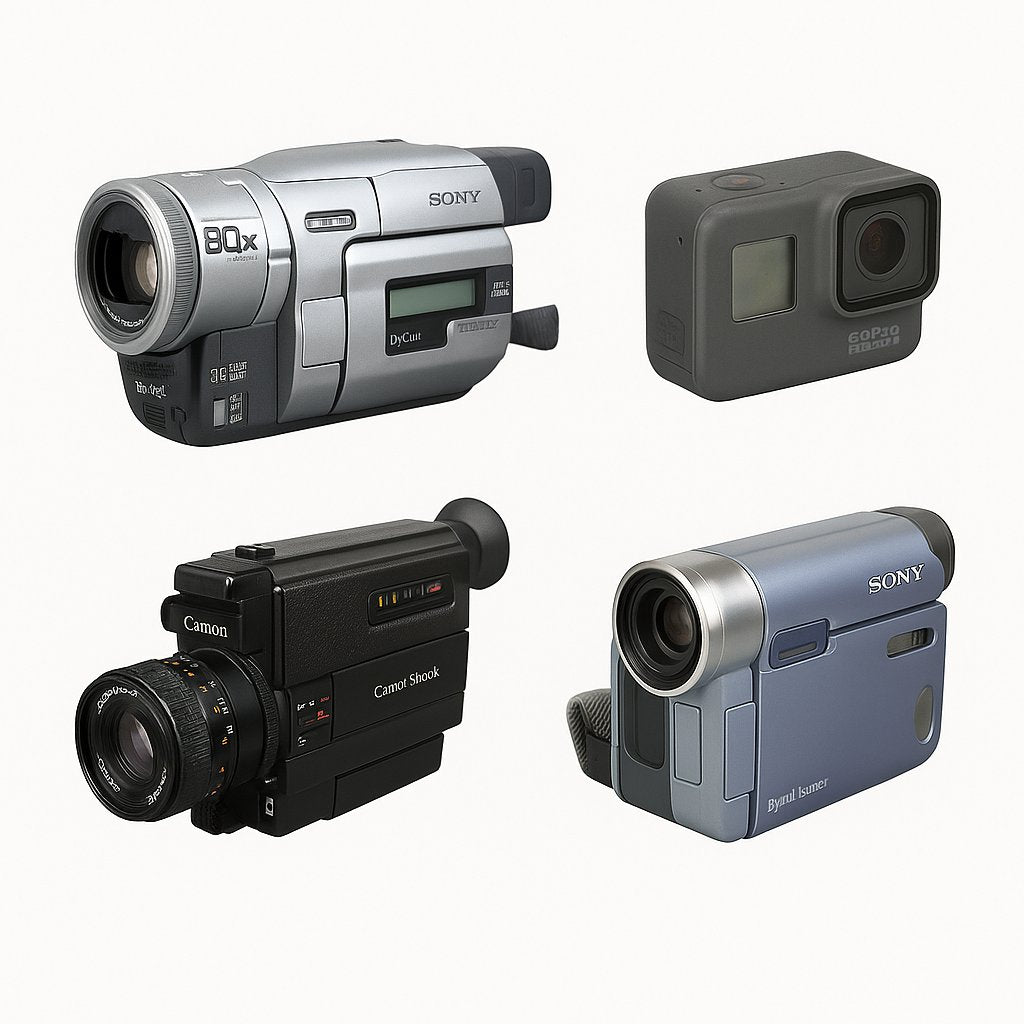

0 comments